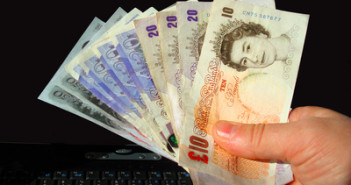The British Manufacturing Production, a key indicator, provides analysts and traders with a snapshot of the health of the UK manufacturing sector. A reading which is higher than the market forecast is bullish for the pound.
Here are all the details, and 5 possible outcomes for GBP/USD.
Published on Tuesday at 8:30 GMT.
Indicator Background
The British Manufacturing Production indicator measures the changes in output produced by manufacturers and in the turning of inventory. Manufacturing is a critical sector of the economy , and strong readings are an indication of economic growth.
The indicator rose a respectable 0.9% in the May release. However, the markets are forecasting a much weaker figure in June, of only 0.1%. Will the indicator surprise the market with another strong reading?
Sentiments and levels
The British pound finally had a good week against the US dollar after the free fall in May. However, the Spanish bailout and political uncertainty in Greece are likely to cause nervous investors to look for safe haven currencies such as the US dollar. If the UK economy doesn’t show some improvement, look for the pound to lose more ground against the greenback. Thus, the overall sentiment is bearish on GBP/USD towards this release.
Technical levels, from top to bottom: 1.5805, 1.5648, 1.5600, 1.5521, 1.5415 and 1.5361.
5 Scenarios
- Within expectations: -0.1% to 0.3%: In such a case, GBP/USD is likely to rise within range, with a small chance of breaking higher.
- Above expectations: 0.4% to 0.6%: A strong reading can send the pair well above one resistance line.
- Well above expectations: Above 0.6%: The likelihood of a sharp expansion in the manufacturing sector is low. Such an outcome would prop up the GBP, and a second resistance line might be broken as a result.
- Below expectations: -0.4% to -0.2%: A reading in negative territory could cause the GBP to lose one level of support.
- Well below expectations: Below -0.4%: A very poor reading could push the pair downwards, possibly breaking a second support level.
For more about the pound, see the GBP/USD.
